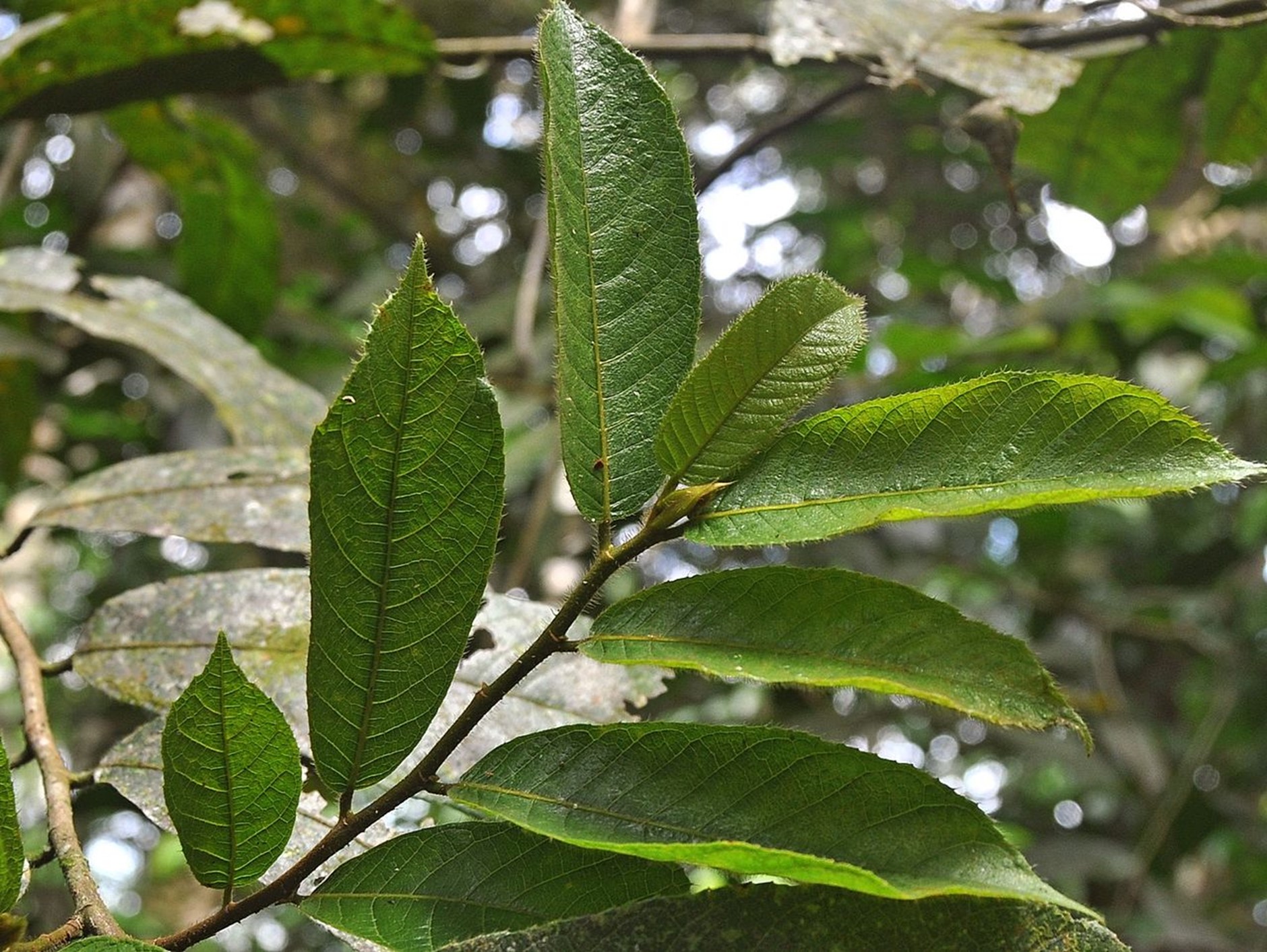Poison Dart Warning

Image: Wibowo Djatmiko - Antiaris toxicaria leaves on twig
This is an article published in the Spring 2023 issue of Iconnect Magazine. Read the full issue here. Icon Members enjoy free access to all issues of the magazine. Become a member here.
It has been a great privilege over the years to have spent time with various Malaysian Orang Asal groups, enjoying chats and knowledge exchange on a variety of subjects as part of my research. Recently, I have also met people from a number of new groups and it is during these conversations that a concern of mine as an ethnographic conservator has continued to present itself.
Many museums contain darts from blowpipes, some of which can be seen loose in drawers or in unmarked containers, often with little in the way of attached documentation. These darts come from a huge number of geographical regions, including sub-Saharan Africa, South-East Asia, Polynesia and the Amazon Basin. Notes on dart poison can also be found in Chinese literature.
To this day, the Temiar of Pahang and the Iban and Penan of Sarawak, amongst others, are all forest hunters who are using dart poison from the latex of the Ipoh, Upas or Tajem tree Antiaris toxicaria, shot from blowpipes. This tree can be found across Africa, South-East Asia and much of the Pacific, and the poison can be referred to as either ‘Ipoh’ or ‘Upas’ in Malaysia. Ipoh latex contains cardiac glycosides which, when injected into the bloodstream from the sharp little dart tip, causes paralysis of the central nervous system and cardiac arrest.
According to information I was given recently, in some areas of Borneo the Ipoh poison is traditionally mixed with other toxins, particularly those found in the local millipedes, to increase potency: other sources talk of it mixed with the Strychnos ignatia, or St Ignatius Bean, from the same genus as Curare Strychnos toxifera – both potent sources of strychnine. My latest trip to the Penan in April this year produced further, unexpected information about their practice of mixing the tree poison with cobra venom.
Although there is a local antidote to Ipoh poison, it is not something available outside the area and must be administered immediately. It also does not act on any of the other toxic additives which may be in the poison.
Any attending physician would have to be familiar with the possible types of poison involved in the production of these darts to be able to administer medicinal antidotes. For museum collections, the assumption appears to be that age will have nullified the toxins and the poison will no longer be active. However, in my talks with the groups who use these poisons, this is not the case. They are horrified that such potent toxins should be unrecognised in collections and say that age makes no difference to the toxicity: they are still very much able to kill and as such, should be fully labelled as a hazard/ toxin and not to be handled without full precautions in place, undertaken by knowledgeable museum personnel.
